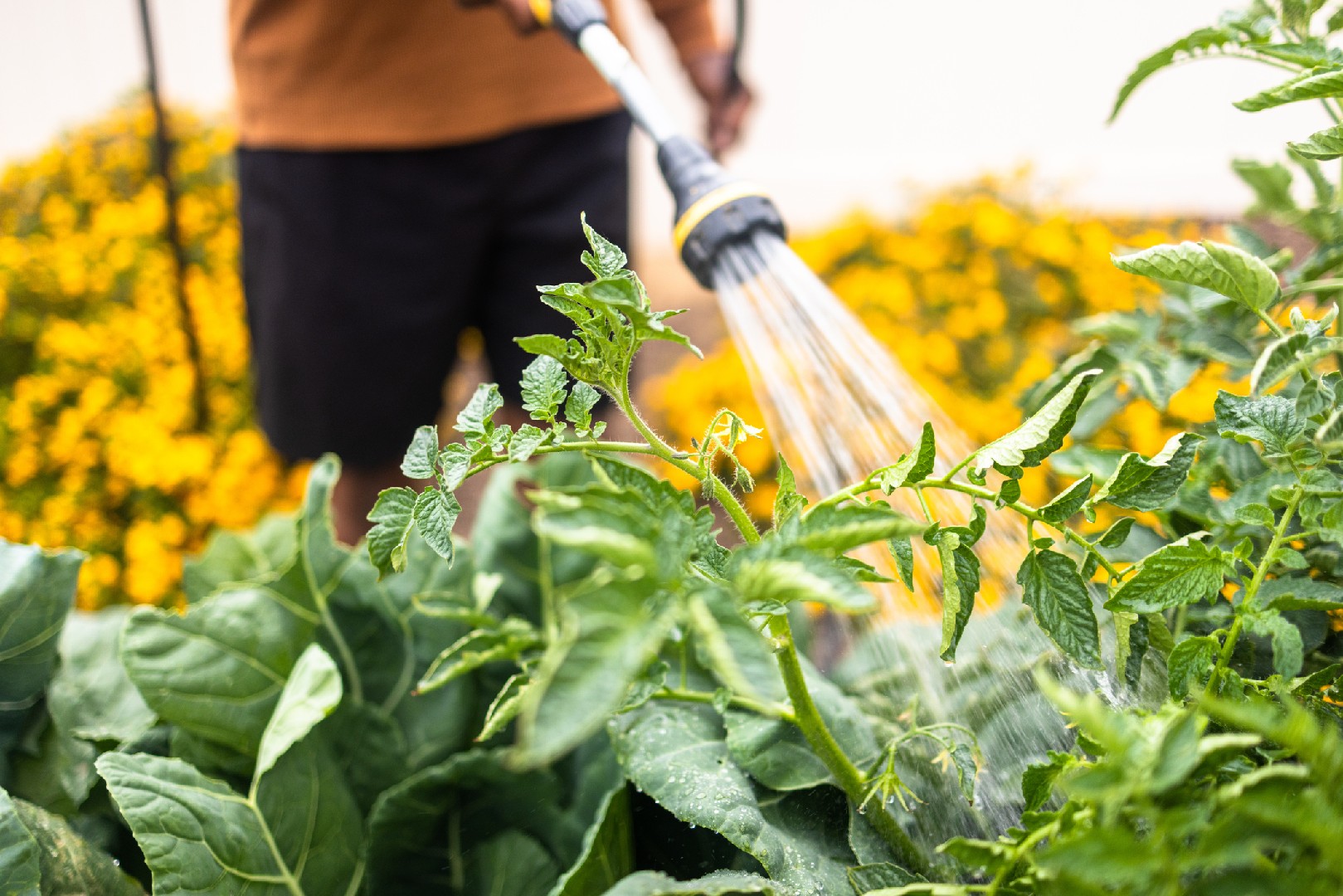![Rectangle]()
Case Study: Success with Consistent Watering Schedules
In this section, we will explore a case study of a gardener who achieved remarkable success by implementing a consistent watering schedule for their plants. By following a measured watering schedule, this gardener not only improved their plants' health but also saw a significant increase in yield.
Before implementing a watering schedule, the gardener faced several challenges in maintaining their plants' health. Despite their efforts, the plants seemed to wither and struggle to grow. Frustrated by this situation, the gardener decided to take a different approach by focusing on timing their watering.
To begin, the gardener conducted thorough research on the water requirements of each plant species in their garden. They discovered that different plants have varying water needs and that providing the right amount of water at the right time is crucial for their overall health.
Armed with this knowledge, the gardener created a watering schedule tailored to the specific needs of each plant. They noted down the ideal frequency and duration of watering for each species and diligently followed the schedule.
The impact of consistently following this watering schedule was remarkable. Within a few weeks, the gardener began to notice positive changes in their plants' health. Leaves became greener, flowers bloomed abundantly, and overall growth increased.
Additionally, the gardener observed that by providing water at the appropriate times, the plants became more resilient to adverse weather conditions. They withstood heatwaves and droughts with less damage, showcasing the importance of proper watering.
The success of this case study can be attributed to two key factors: timing and consistency. The gardener's research on the water requirements of each plant species ensured that they watered at the right time. Moreover, by sticking to the watering schedule consistently, they created an environment that promoted healthy plant growth.
Based on this case study, it is evident that mastering the art of plant watering requires a thoughtful approach. By understanding the specific needs of your plants and creating a consistent watering schedule, you can significantly improve their health and overall yield.
To implement a successful watering schedule, start by researching the water requirements of the plants in your garden. Consider factors such as sunlight exposure, soil type, and climate conditions. Once you have gathered this information, create a customized watering schedule that includes the ideal frequency and duration of watering for each plant. Finally, commit to following the schedule consistently, adjusting it as necessary based on weather conditions and seasonal changes.
Remember, timing is everything when it comes to watering plants. Providing water at the right time and in the right amount will ensure optimal growth and a thriving garden. So take the time to master the art of plant watering, and watch your plants flourish!





